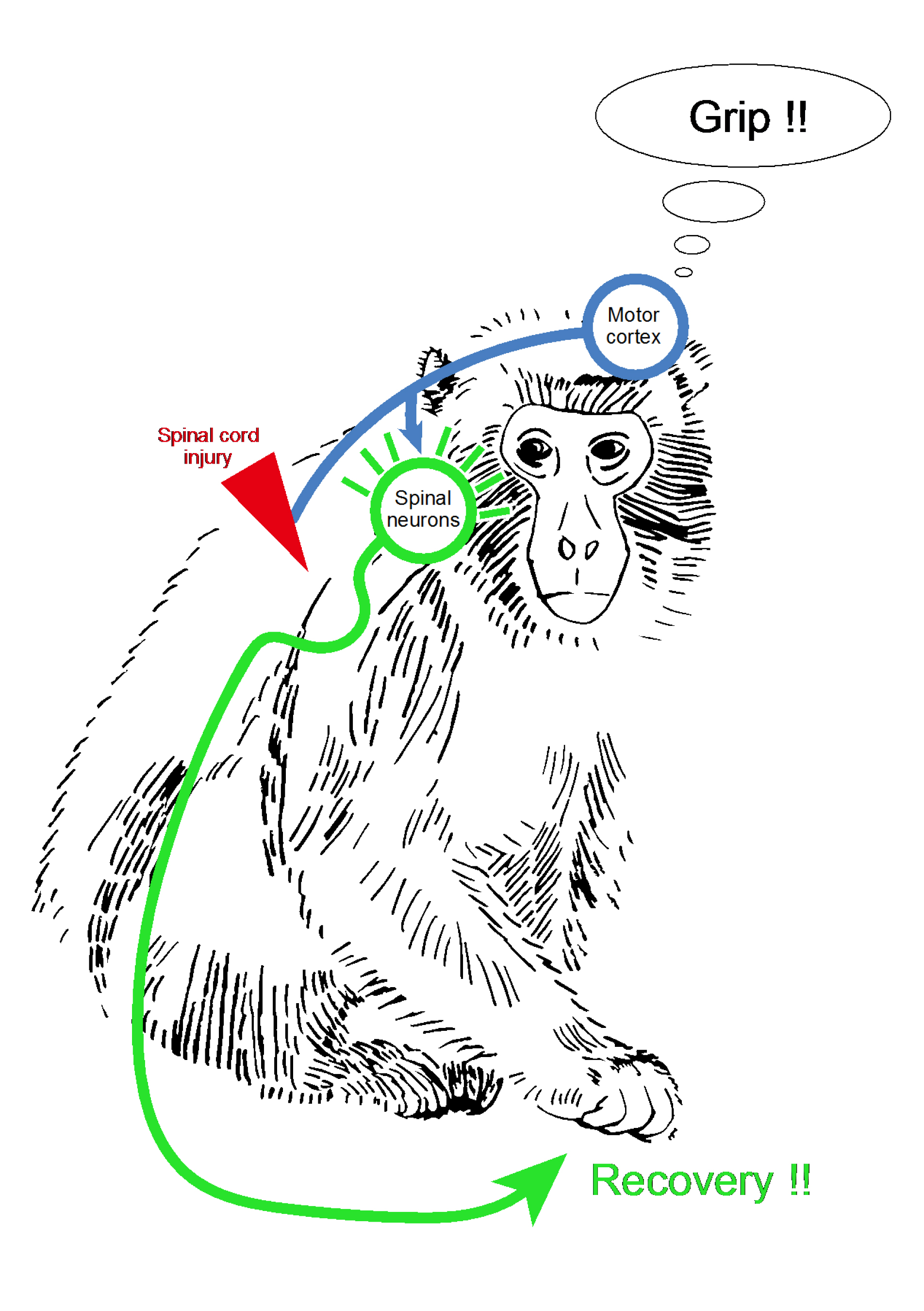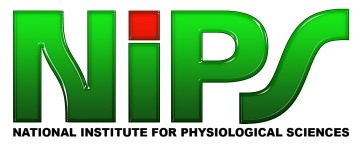Okazaki, Japan – Researchers at the National Institute for Physiological Sciences have demonstrated that spinal neurons are critical for the early recovery of hand dexterity after partial spinal cord injury, providing new insight for the development of novel treatments.
The global incident rate of spinal cord injury is estimated at 100,000 cases per annum. A majority of survivors suffer from long-lasting impairment caused by paresis in limbs. Treatments designed to decrease impairment and distress by increasing motor function of limbs are currently in development, but effective treatments have not yet been achieved.
Researchers at Japan’s National Institute for Physiological Sciences (NIPS) have identified a causal and time-specific contribution of a group of interneurons in the spinal cord—termed propriospinal neurons (PNs)—to recovery of hand dexterity after lesions of the corticospinal tract (CST), a major descending motor pathway from the motor cortex, in monkeys. This new finding contributes valuable insight to the development of new treatments and/or rehabilitation for patients with paresis caused by spinal cord injury.
Spinal cord injury often causes paresis in limbs by lesioning the CST, which connects the motor cortex and spinal motoneurons. A majority of patients suffer from partial lesions, with neural fibers in the spinal cords remaining partially intact. However, it is currently unclear whether the remaining spinal cord fibers can contribute to recovery of motor impairment after partial spinal cord injury.
To investigate the function of remaining neural tracts after partial spinal cord injury, researchers at the NIPS used a C4–C5 CST lesion model in monkeys, in which a population of one of the major intercalated spinal neurons, PNs, remain intact. To test the contribution of PNs to functional recovery, the researchers selectively blocked PNs using a recently developed double-viral infection technique in six monkeys after lesioning the CST at the C4–C5 level. In four monkeys that showed nearly full or partial recovery, transient blockade of PN transmission after recovery caused partial impairment of dexterous hand movements. In the other two monkeys, CST lesions were produced under continuous blockade of PN transmission that outlasted the entire period of postoperative observation (3–4.5 months). In these monkeys, recovery of dexterous hand movements was not fully achieved.
The results demonstrate a causal and time-specific contribution of PNs to recovery of hand dexterity after CST lesions. “Our results revealed that spinal neurons are critical for initial recovery after spinal cord injury,” says corresponding author Tadashi Isa. “Because recovery is a multi-stage process, selectively enhancing the plasticity of pathways identified as being responsible for early recovery will be a key development for curing spinal cord injury in future.”
Researchers at Japan’s National Institute for Physiological Sciences have demonstrated a causal and time-specific contribution of propriospinal neurons to recovery of hand dexterity after corticospinal tract lesions in monkeys. This new finding might lead to the development of new treatments and/or rehabilitation for patients with spinal cord injury.
 The paper “Contribution of propriospinal neurons to recovery of hand dexterity after corticospinal tract lesions in monkeys” was published in Proceedings of the National Academy of Sciences, doi: 10.1073/pnas.1610787114
The paper “Contribution of propriospinal neurons to recovery of hand dexterity after corticospinal tract lesions in monkeys” was published in Proceedings of the National Academy of Sciences, doi: 10.1073/pnas.1610787114
Summary Text: The National Institute for Physiological Sciences revealed critical role of spinal neurons in initial recovery after spinal cord injury.
Keyword: Medicine
Additional keywords: Neurobiology, Rehabilitation, Physiology, Spinal cord injury
Twitter comment: Propriospinal-transmission is critical for initial stage recovery after spinal cord injury.





National Institute for Physiological Sciences (NIPS)
Hirosaki University
Kyoto University
Fukushima Medical University
Keio University